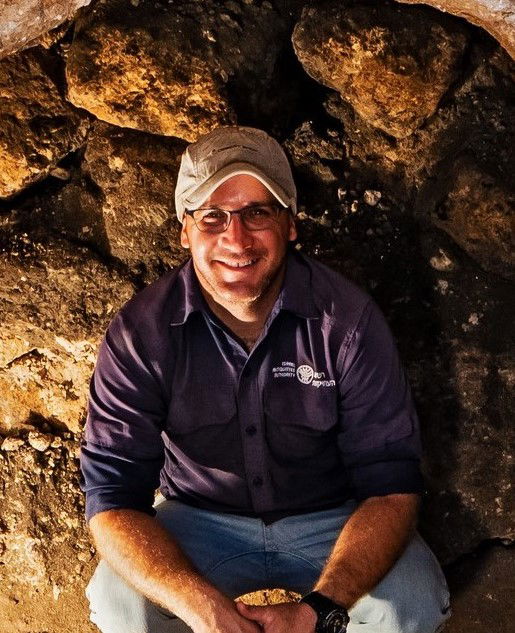Yair Amizur – "How was Bill Born"? – From a dream to reality

How was a trail born ? The Sanhedrin Trail
Yair Amitsur - Director of the Sanhedrin Trail
Israel Antiquities Authority North Space - Galilee Heritage and Heritage
The Sanhedrin Trail is an educational enterprise - multicultural values initiated and led by the Antiquities Authority in recent years to expose the public to the values of archeology and heritage. The project also includes 'landmarks' in the Jerusalem and Heritage Ministry, green organizations, and the councils and municipalities that the path goes through in their field that they have joined together to create an educational-educational heritage path. The trail extends for about 120 km, traverses the Galilee region from Beit Shearim to Tiberias, passes between sites attributed to the 70 Sages of the Sanhedrin and the President of the Sanhedrin and is officially dedicated to the State of Israel, marking its 70th anniversary. The Galilee and its rich heritage - nature, environment and historical and archaeological sites, as well as cultures that have influenced the region of the land to this day, along the path opens to the world of the Sanhedrin scholars - the spiritual and social leadership of the Jewish people who conducted the Mishna and Talmud in this Roman and Biblical period.
The vision of the trail is that it will indirectly experience archeology, history, nature and landscape in the Galilee, emphasizing the shared values and deepening the affinity of the entire population to the land and its antiquities. The trail is constantly evolving, both by exposing sites along the route and by conducting a valuable educational activity.
Over the past two years, pathway training has been carried out, which included route planning and approval by the authorities in the field, recruitment of resources and partners, establishment of a steering committee in the IAA, infrastructure work involving the placing of 140 milestones, marking selected sections in color, training of rest points and public archaeological sites, A site optimized for a trail trip, preparation of training aids, recruitment and training for project guides and more.
Most of the trail's physical infrastructure is based on the active participation of tens of thousands of students and youth, who take part in trail training and marking, and participate in archaeological excavations at sites along its length. Jewish, Muslim, Christian, Bedouin, Druze and Circassian students, pre-military preparers and young people from overseas, alongside retirees, IDF disabilities, special populations and various volunteer groups - all experience the Sanhedrin Trail in marching, doing and learning, taking responsibility for their heritage And partners in cr